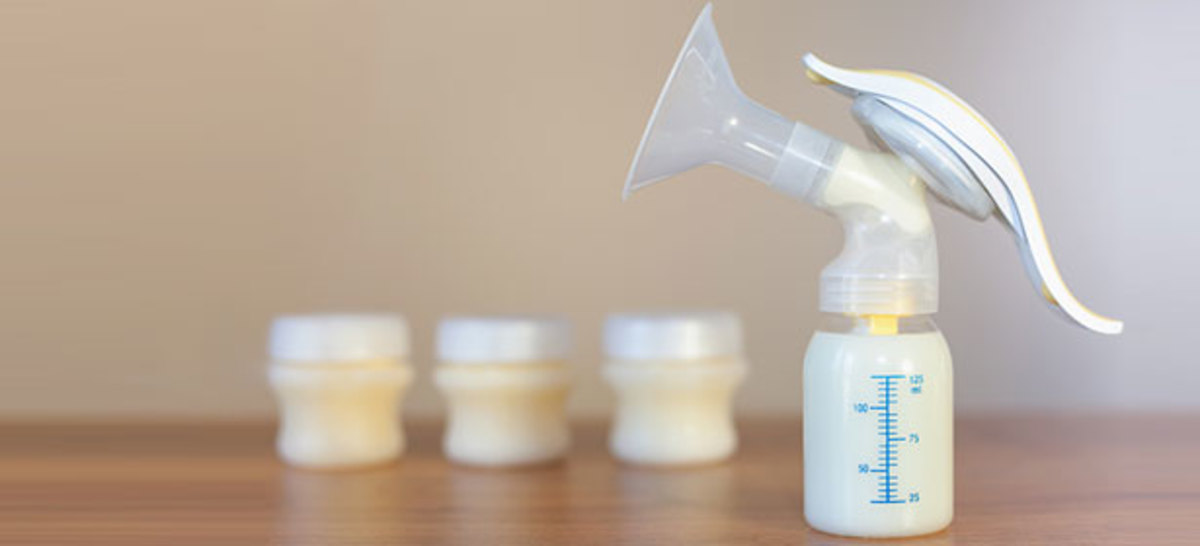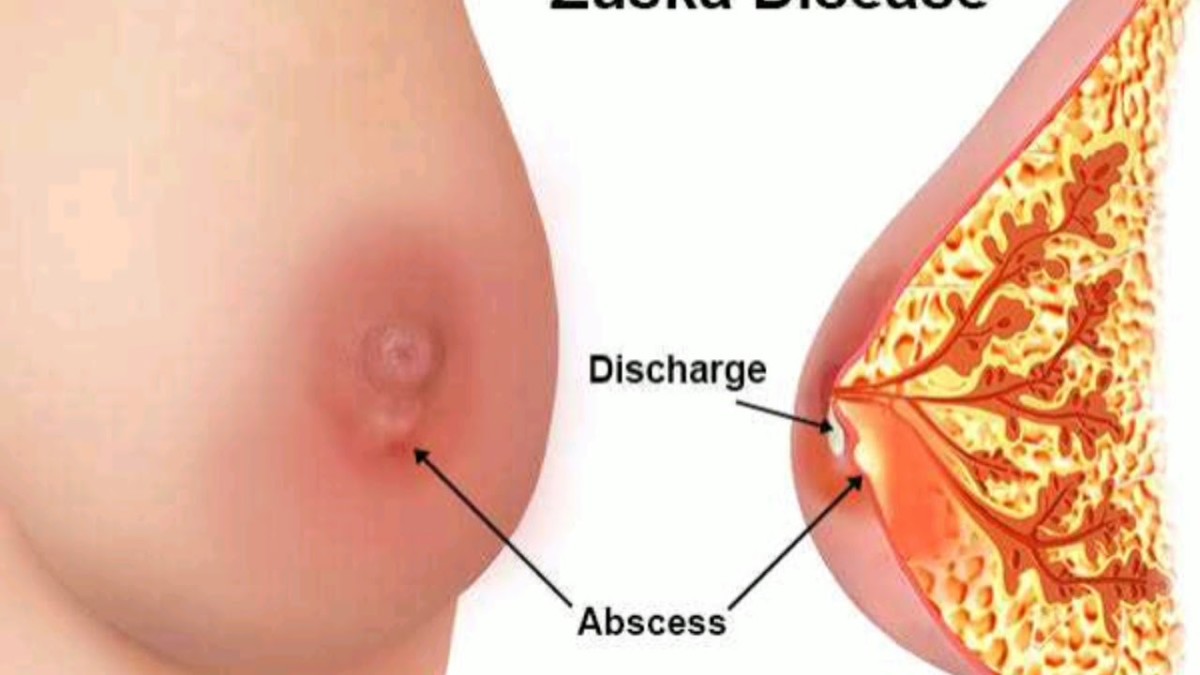Common Breastfeeding Problems New Moms May Experience
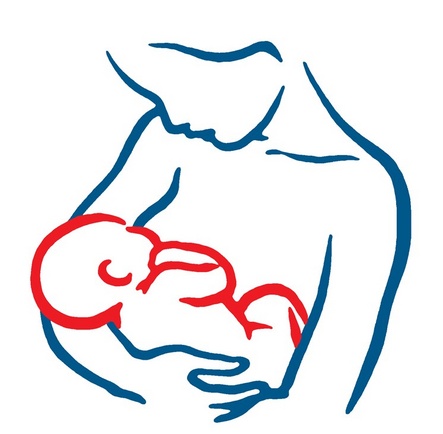
Breastfeeding a new baby takes time to figure out, even if you have previous children that breastfed. Each pregnancy, delivery and recovery can be different. Each baby is different.
For those women who are able to nurse, it's important to look for signs of problems, especially within the first few days and weeks after your baby is born. Engorgement, too much milk, low milk production and soreness are probably the top four common complaints that new moms have while breastfeeding.
Many of the below problems can be easy to treat, whether it be with a warm or cold compress, teaching your baby to latch on correctly or manually expressing milk.
Engorgement
Engorgement is caused by fluid retention, swelling and inflammation of the tissues.
Cause: Missing feeds or if the baby is not feeding correctly
Symptoms: Breast feel hard, heavy, hot, swollen and lumpy. Babies can find it difficult to latch if you're swollen.
Treatment: Use cold packs inside your bra for up to a half an hour after a feed. Use a hot pack and gentle massage before feeding your baby to help get the milk flowing. Express a small amount of milk first or wear a breast shell to soften the area to make it easier for your baby to latch on. Be prepared to express milk of you know that you'll be away from your baby during a normal feeding time.
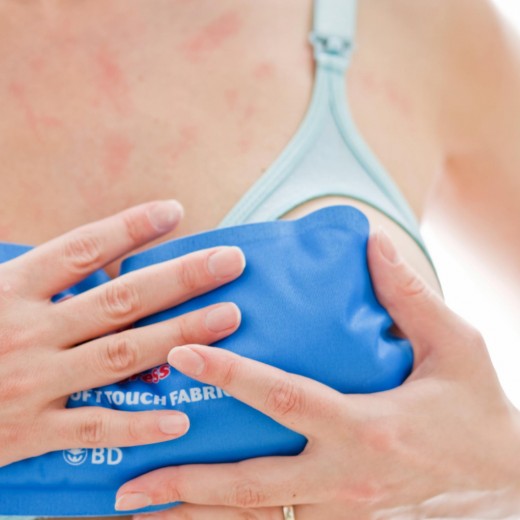
Producing Too Much Milk
Usually milk will spurt out in forceful sprays in the beginning and then slow down around the three to six week mark.
Symptoms: Forceful let-downs, causing the baby to gag, choke, gulp milk, gasp or cough while nursing. The baby may pull off the breast while nursing or clamp down on the nipple slowing the milk flow. The baby may make a clicking sound while nursing, spit up often or be very gassy. The baby may periodically refuse to nurse.
Treatment: Try block feeding, only allowing your baby to feed on one breast at each feeding for as long as he'd like. Let your baby feed as often and as long as he likes. Manually express the other breast for that feeding, expressing less each time until you are comfortable with how much milk you are producing. In-between feedings, use a cold compress to discourage blood flow and milk production. Leave the cold compress on for 30 minutes and take it off for an hour.
Low Milk Supply
It is very common for new moms to worry about their milk supply. The majority of women have the ability to produce enough milk to satisfy their babies as long as their technique is good and there is adequate stimulation.
Cause: If your milk supply is low, your baby may not be latching correctly.
Symptoms: A baby who is feeding well can be expected to product at least six we diapers a day and have soft, yellow stool. Once the milk comes in, the baby should begin to steadily gain weight and appear healthy and alert when awake.
Treatment: It is normal for your baby to go through periods of a few days where he seems extra hungry and wants to nurse longer or more often. During these growth periods, it is important that you allow your baby to feed as often and as long as he wants, as it will only increase your milk supply. It may take a few days for your body to respond to your baby's increased want to feed. You can try to boost your supply by manually expressing your breasts after some feeds for a few days. Your body will catch up to your growing baby's needs, but in some cases, you may need to pump in-between feedings.

Sore Nipples
Breastfeeding may feel different to different women, but it should not be painful. It is common to feel some tenderness at the beginning of feedings, especially in the early days, but if soreness persists or continues during the entire feed, then you may want to review your technique.
Cause: Baby may not be latching properly, causing friction and soreness. The baby may have thrush or a tongue tie that a pediatrician, midwife or lactation specialist should look at the baby.
Symptoms: General soreness in the nipple.
Treatment: The most important way to prevent sore nipples is to ensure that your baby is latching correction. If the initial latch-on is painful, try again. The baby should take a large mouthful of breast tissue with the nipple in the far back of his mouth. It can help to squeeze a few drops of breast milk onto the nipple to aid healing and/or use a nipple cream to keep the nipple moist and to encourage healing.
Blocked Ducts
Blocked ducts occur when fatty deposits in the ducts inside the breast prevent drainage of the breast. Untreated can lead to mastitis.
Symptoms: A small, hard lump inside your breast. A blocked duct may be seen as a white spot on the nipple with the skin around the lump may be red.
Treatment: Be sure that your bra is the correct size and avoid bras with underwires. Apply a warm compress over the area before feeding and massage the area before and during feedings. Nurse your baby frequently and position him so that his chin is aimed toward the lump.
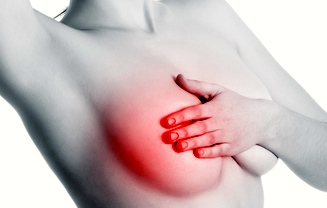
Mastitis
Mastitis is an inflammation of breast tissue. An infection my develop if the inflammation does not heal quickly.
Cause: Unresolved engorgement, blocked ducts, sore and cracked nipples. It may also occur for no apparent reason.
Symptoms: A red patch may be seen on the breast. It may feel hot and tender. Fever and achy flu-like symptom may also be a side.
Treatment: Call your healthcare provider immediately. Bed rest is mandatory for at least the first day or two. You'll want to continue to breastfeed, as mastitis will not affect your breast milk. Warm compresses are soothing before you nurse your baby; they can even help milk flow.
Yeast Infections
The same organism that causes oral thrush can cause a yeast infection.
Cause: Thrush is an infection of the mouth that can transfer from baby to mom while nursing, especially if the nipples are already cracked or sore. A previous history of yeast infections may make you susceptible to breast yeast infection. Recent use of corticosteroid or an antibiotic therapy.
Symptoms: Nipple pain that can develop after a period of trouble free feeding. Nipples and/or areola may look pink or red and shiny. They may be warm to the touch or may itch or burn. Sometimes there may be a sharp pain radiating into the breast.
Treatment: Talk to your healthcare provider. A topical anti-fungal cream may be prescribed for you and an oral antifungal for your baby. Continue to feed your baby, making sure to clean the breast with a warm wash cloth after feeding.
Flat/Inverted Nipples
Inverted nipples affect up to 10% of women. The sucking action of the baby should draw out the nipple as long as they take a good mouthful of breast tissue as they latch on.
Cause: Short lactiferous ducts, which tether the nipple, preventing it from projecting.
Solution: Use a nipple shield when nursing. Your baby will suck on the silicone nipple, pulling your nipple into a thimble. The sucking from your baby will stretch the lactiferous ducts over time, making it easier for him to nurse. You can also manually express breast milk before breastfeeding to help draw out your nipple and entice your baby to nurse.





